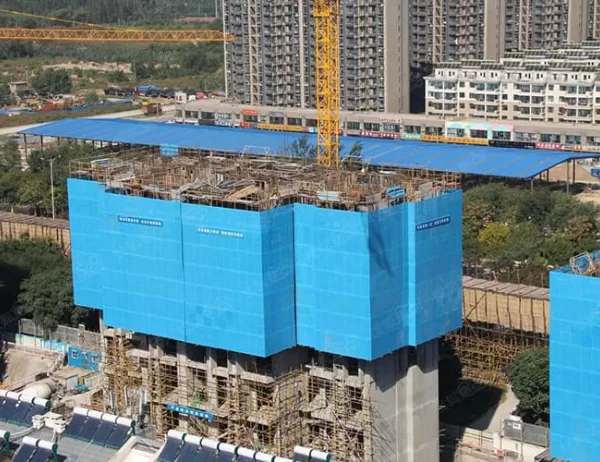Introduction
Aluminium moulding profiles play a crucial role in enhancing the energy efficiency of buildings. These profiles offer numerous benefits that contribute to reducing heat loss, improving thermal performance, and promoting sustainable construction practices. This article explores the various ways in which aluminium moulding profiles contribute to energy-efficient building design.
Thermal Insulation
One of the primary benefits of aluminium moulding profiles is their ability to act as effective thermal insulators. Aluminium is a naturally poor conductor of heat, which makes it an ideal material for creating thermal barriers in buildings. Aluminium moulding profiles can be integrated into window frames, door frames, and curtain walls to reduce heat transfer between the interior and exterior of the building. By blocking heat flow, these profiles help maintain a comfortable indoor temperature, reducing the need for heating and cooling systems.
Airtightness
Another important aspect of energy efficiency is ensuring airtightness in buildings. Aluminium moulding profiles contribute to airtightness by creating a tight seal around windows, doors, and other openings. This prevents the infiltration of cold air from outside and the loss of warm air from inside. By reducing air leakage, aluminium moulding profiles help maintain a consistent indoor temperature, reducing energy consumption associated with heating and cooling.
Durability and Longevity
Aluminium moulding profiles are highly durable and can withstand extreme weather conditions without significant deterioration. Unlike traditional materials such as wood or plastic, aluminium does not warp, rot, or corrode easily. As a result, aluminium moulding profiles can provide long-lasting performance without requiring frequent replacement or maintenance, contributing to cost savings and reduced environmental impact.
Moisture Resistance
Moisture can have detrimental effects on the energy efficiency of buildings. Aluminium moulding profiles are moisture-resistant, which prevents moisture from penetrating the building envelope and causing damage to insulation or structural components. By preventing moisture infiltration, aluminium moulding profiles help maintain the integrity of the building envelope and ensure optimal thermal performance.
Reflectivity
Aluminium moulding profiles can also enhance energy efficiency through their reflective properties. The bright surface of aluminium reflects sunlight, which can reduce the amount of heat absorbed by buildings during the summer months. This helps maintain cooler indoor temperatures, reducing the need for air conditioning and saving energy.
Conclusion
Aluminium moulding profiles are essential components in energy-efficient building design. Their ability to provide thermal insulation, improve airtightness, ensure durability, resist moisture, and reflect sunlight makes them an ideal choice for architects and engineers seeking to create sustainable and energy-conscious structures. By embracing the use of aluminium moulding profiles, the construction industry can contribute significantly to reducing energy consumption, mitigating environmental impact, and creating more comfortable and sustainable indoor environments.




